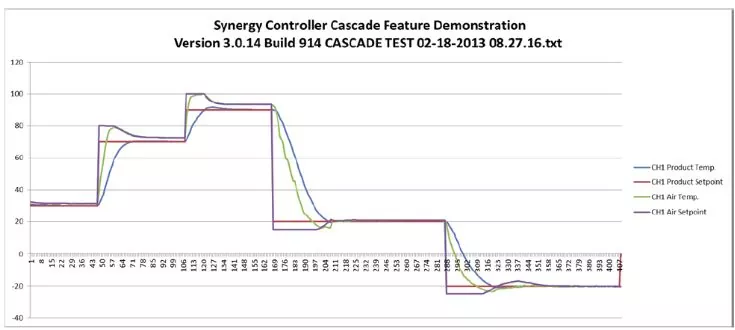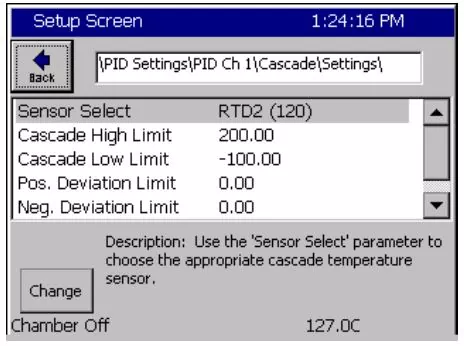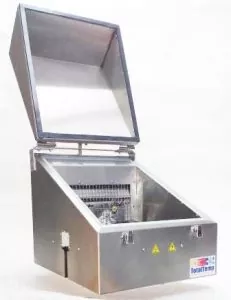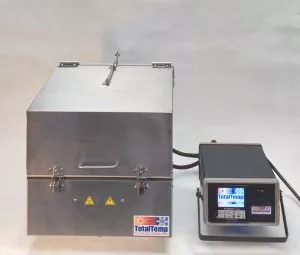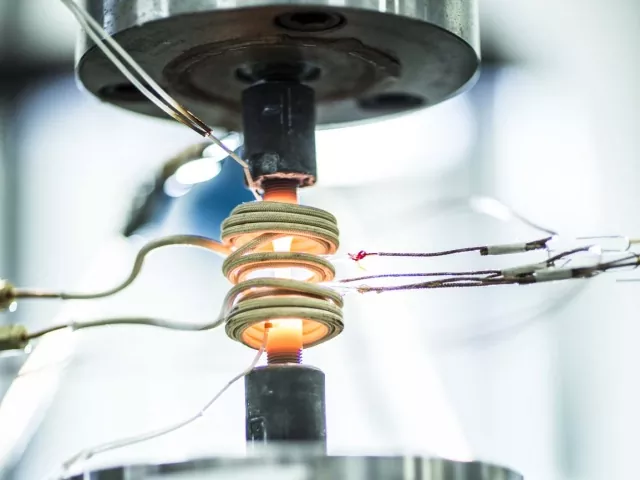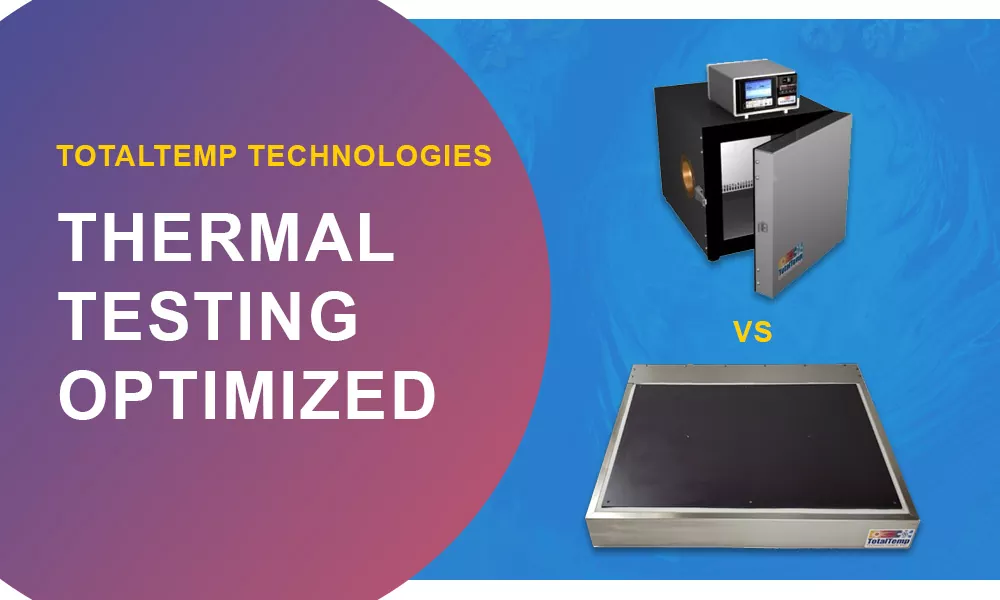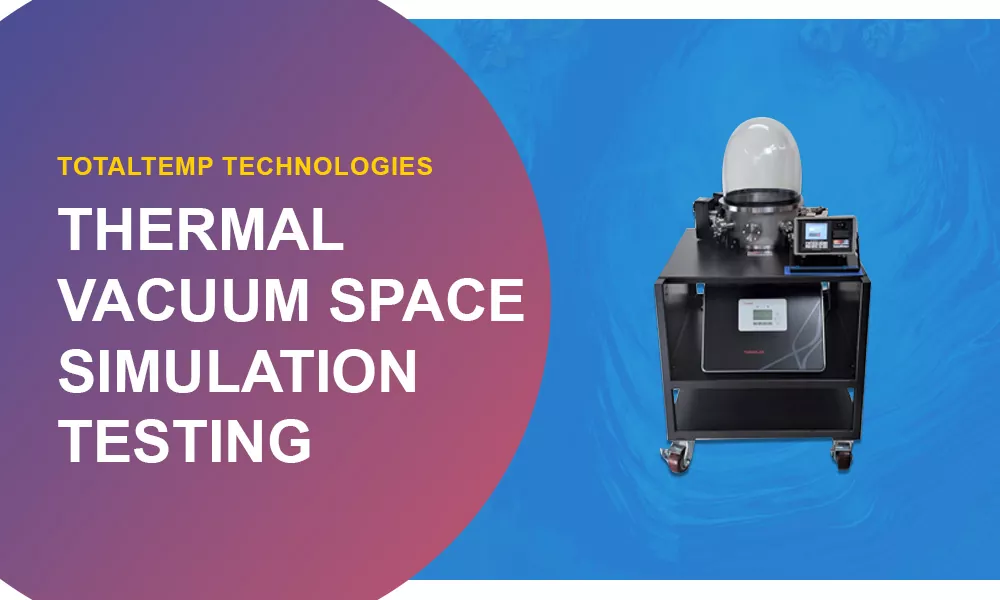Top Reasons People Use Liquid Nitrogen for Thermal Test Cooling
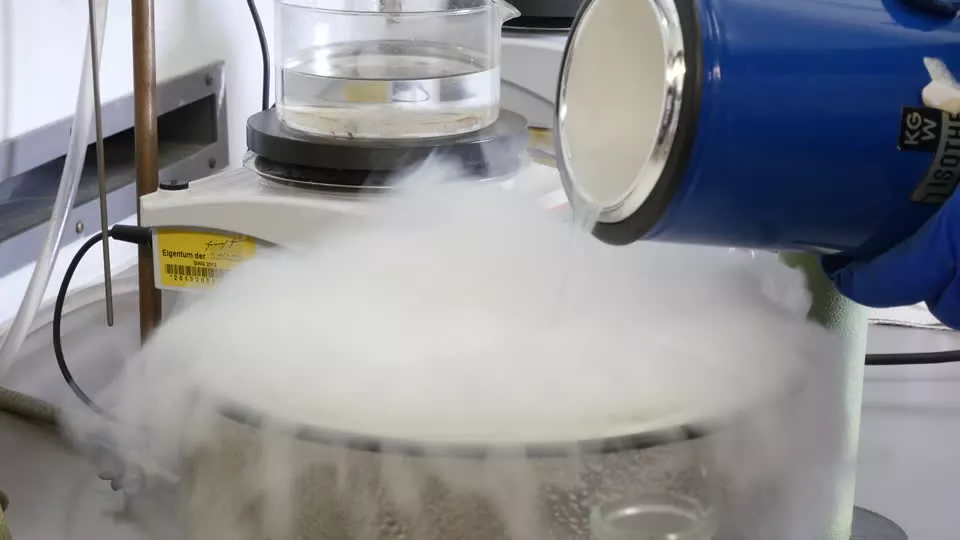
Thermal testing can be time consuming. Getting it done in a reliable, verifiable way using less time means less costs.
Thermal Platforms heat and cool with conduction which is inherently faster than with convection in a temperature chamber.
Coolant choices are detailed elsewhere in the TotalTemp Blogs but to make a long story short, The main prevailing cooling choices are – Refrigeration compressors and expendable refrigerants ie. Liquid Carbon Dioxide (CO2) and Liquid Nitrogen(LN2).
Liquid Nitrogen has the ability to provide the fastest ramp rates and achieve the coldest temperatures. Temperatures down to -100ºC or colder are achievable with ramp rates over 50ºC per minute. Typically the full range is not needed but in the event that future testing requires yet colder temperatures it is good to have the capability built in and not have to replace equipment.
LN2 systems are far simpler than refrigeration systems with many less ways they can fail.
LN2 cooling uses very little power so no special electrical services or usage costs are involved.
In my experience, LN2 delivered through a distribution system can have it’s issues but is often less troublesome than CO2 distribution systems. CO2 systems can sometimes have blockage issues revolving around 1) Water intrusion and 2) the physical property of CO2‘s triple point. Triple point is the temperature and pressure where CO2 can exist as liquid gas and solid. For CO2, this occurs at a relatively low pressure resulting in the possibility of coolant becoming solid (dry ice) in the delivery line or elsewhere besides the point of use.
Mechanical refrigeration systems are initially considerably more expensive than expendable coolants and in often in the long run are more expensive than expendable coolants when electricity usage and maintenance is included in the equation. Mechanical refrigeration is also far more complicated and expensive when temperatures below -35º or -40ºC are required. Modern refrigeration systems to achieve testing temperatures below -40 have evolved considerably but they are still extremely complicated more expensive and prone to requiring service.
I’d like to end on a positive note but first it would be fair to address the down side as I see it for using LN2 as a coolant. When smaller scale usage is the case, portable tanks make more sense, changing tanks out can be a nuisance but if usage is greater, a distribution systems would be in order. Distribution systems are fairly expensive, typically much more than $100/linear foot. Since LN2 is so incredibly cold, about -185ºC vacuum jacketed insulation is required to reduce losses. There will always be some losses in the delivery line with small or large LN2systems. Finally the biggest concerns with LN2 is the recommendation for an automated LN2 shut off valve to prevent run-away cooling in the event of a valve sticking open.
As an alternative to LN2 distribution systems, there are distribution systems using liquid CO2 that are designed with the ability to distribute the coolant through an uninsulated small diameter line thus reducing losses. Makers of CO2 distribution systems claim significant economy over LN2 delivery systems. However as a down side, a single refrigeration compressor must run to condense the coolant into a reservoir above the points of use.
So the the Top Reasons to use Liquid Nitrogen are 1) Speed of cooling, 2) Temperature range, 3) Low initial cost and 4) Favorable long term costs 5) Superior reliability.
As a manufacturer of thermal testing products, the majority of our requests are for LN2 cooled systems. Equally we offer CO2 cooled or mechanical refrigeration systems. We endeavor to help customers acquire the systems that best fill their testing requirements.
Call or email us now with any questions regarding your thermal testing
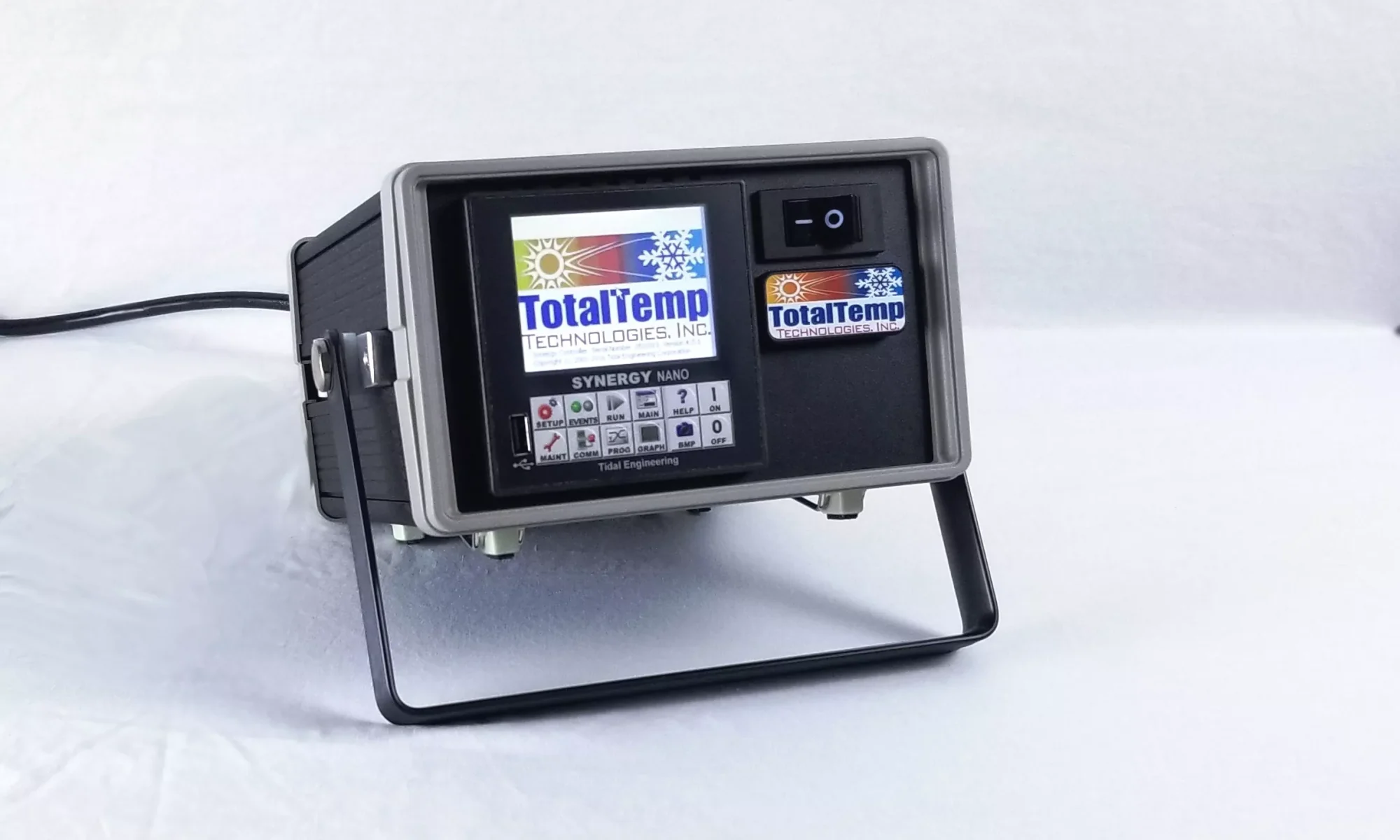
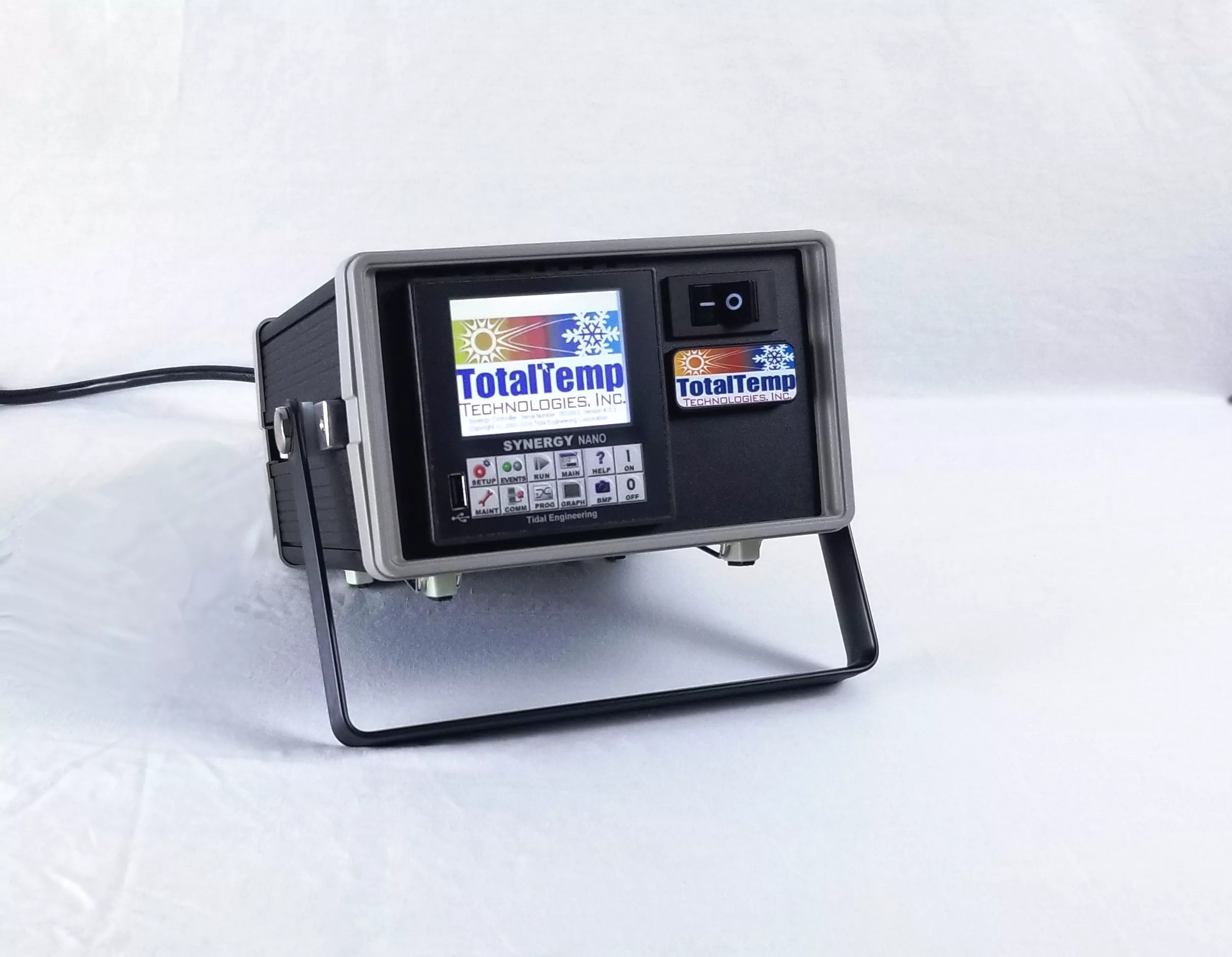
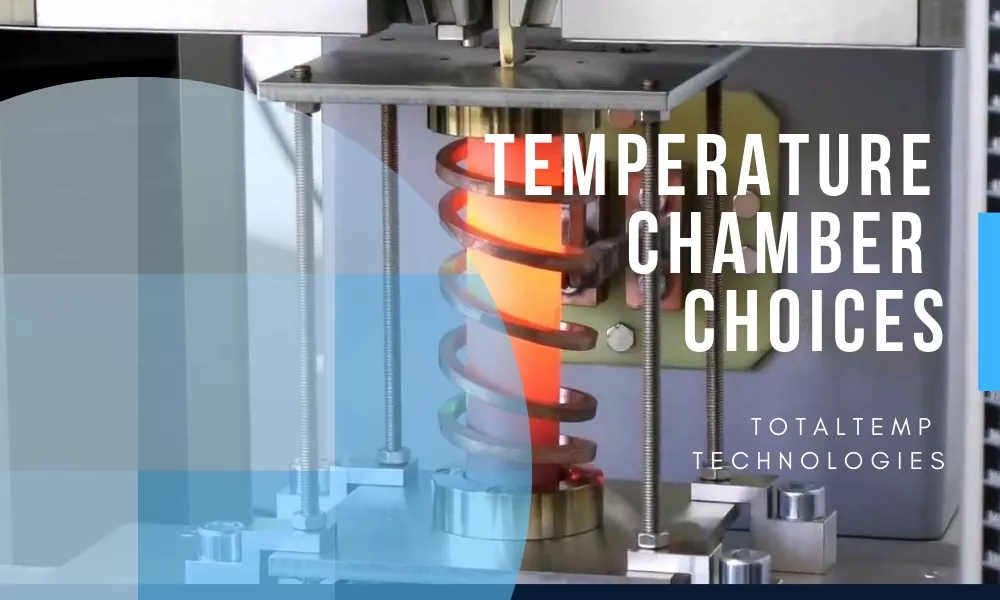
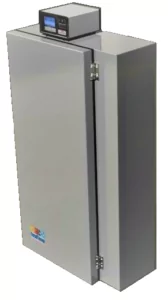
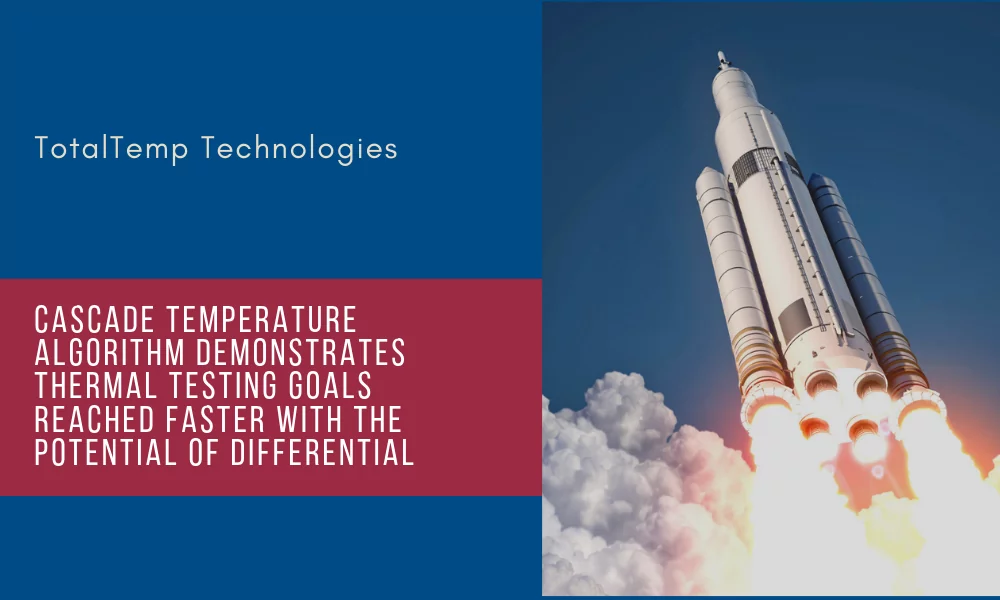
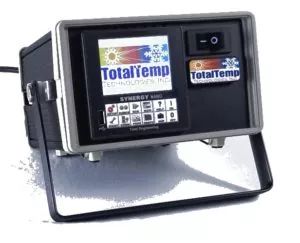
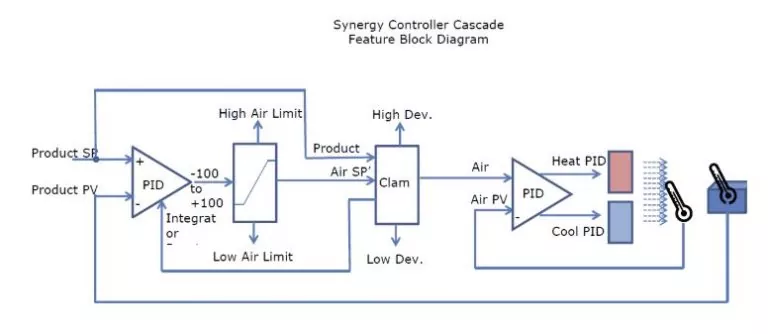 Advanced temperature control algorithms
Advanced temperature control algorithms